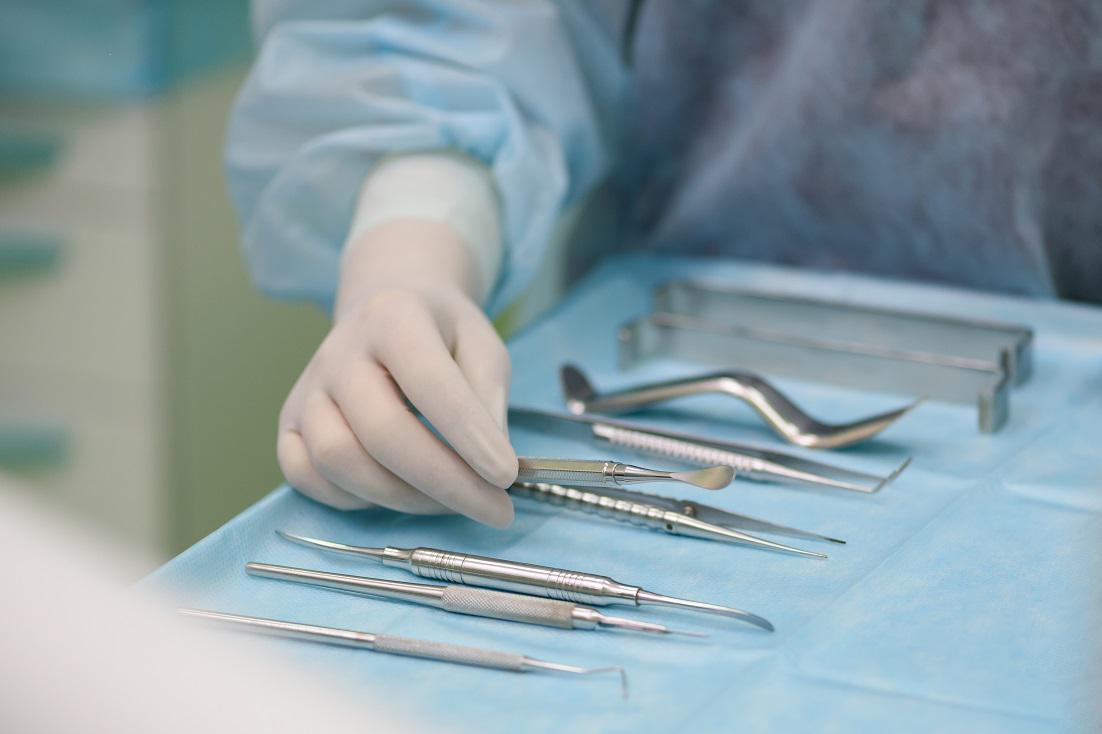
A sinus lift is a surgical procedure designed to add bone to the upper jaw, enabling the successful placement of dental implants. This is achieved by placing bone material between your upper jaw and the maxillary sinuses, which are located on either side of your nose. Sinus lifts are commonly recommended for patients who have lost upper jaw teeth or have insufficient bone height due to tooth loss or gum disease.
The Sinus Lift Procedure
During the procedure, your oral surgeon gently lifts the sinus membrane to accommodate the new bone graft, which may be sourced from your own body or from a donor. The gum tissue is first opened to expose the bone, and a small opening is created in the jawbone. The sinus membrane is carefully separated from the bone, and the bone graft is then inserted into the created space. The area is then stitched closed. Dental implants are typically placed four to nine months later, allowing time for the grafted bone to integrate with your natural bone.
Recovery After a Sinus Lift
Following a sinus lift, it is normal to experience some swelling and minor bleeding. Patients are advised to avoid actions such as forceful sneezing or nose blowing, as these can disrupt healing. Stitches are usually removed after seven to ten days, and several follow-up appointments are scheduled to monitor your recovery and ensure proper healing of the surgical site.
Risks of a Sinus Lift
While sinus lifts are generally safe, as with any surgical procedure there are some risks. Potential complications include puncture or tearing of the sinus membrane, infection, or the bone graft not successfully integrating with your natural bone. However, these risks are rare and can be further minimized by selecting a skilled and experienced surgeon to perform the procedure.

